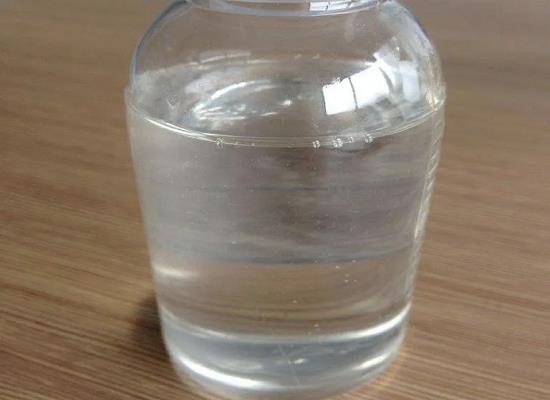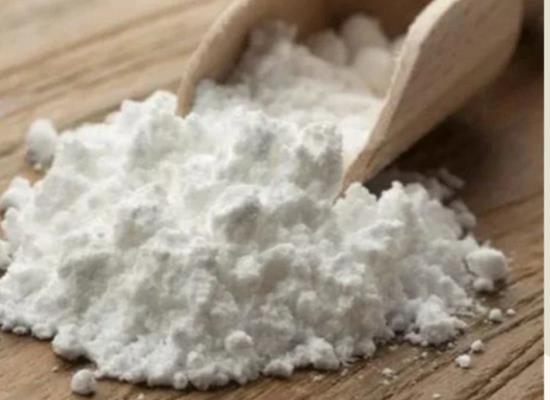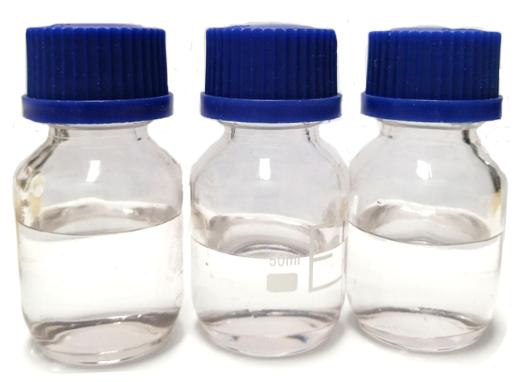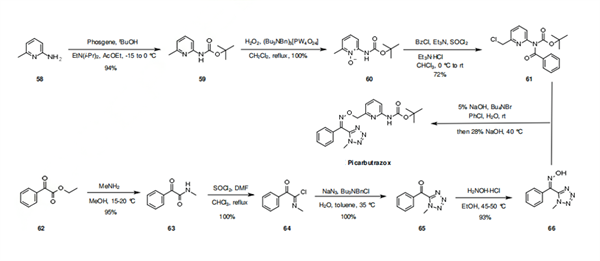Dimethyl Dicarbonate: A Versatile Antifungal Compound with Broad Applications in Food Preservation
General Description
Dimethyl dicarbonate is a widely used food additive with preservative effects that can effectively inhibit the growth of microorganisms in various foods. In addition, it has antimicrobial properties that have been shown to inhibit the pathogenicity of G. citri-aurantii in citrus fruits. The mechanism behind its antifungal activity is linked to an increase in intracellular ROS, leading to lipid peroxidation and damage to the cell membrane. It also increases the activities of POD and PAL in citrus fruits, which are associated with enhanced disease resistance in plants. Overall, Dimethyl dicarbonate has potential as a promising antifungal agent with multiple applications in food preservation.

Figure 1. Dimethyl dicarbonate
Applications as food additive
Dimethyl dicarbonate is a widely used food additive with preservative effects. It is commonly added to various foods, particularly in the beverage and wine industry. When incorporated into beverages and wine, DMDC effectively inhibits the growth of microorganisms, ensuring their safety and extending their shelf life. Dimethyl dicarbonate has also found application in the fermentation of litchi juice. Research indicates that its use in this process guarantees microbial safety, as well as sensory and nutritional consistency of the fermented juice. In the field of vegetable and fruit preservation, Dimethyl dicarbonate has gained attention for its antimicrobial properties. Studies have shown that Dimethyl dicarbonate can effectively inhibit microorganisms on the surface of Chinese cabbage, without significantly impacting its nutritional composition. While there may be some initial effects on appearance and texture during storage, the overall quality remains unaffected. Overall, the use of Dimethyl dicarbonate as a food additive offers significant benefits in terms of preserving the quality and safety of various food products, particularly in the beverage, wine, and vegetable preservation industries. 1
Antifungal activity and mechanism
In a study, the inhibitory effect of Dimethyl dicarbonate on the citrus pathogen G. citri-aurantii was investigated both in vitro and in vivo. The results showed that a concentration of 250 mg/L of DMDC completely inhibited the growth of G. citri-aurantii. Additionally, Dimethyl dicarbonate significantly inhibited the spore germination of G. citri-aurantii. The mechanism behind the antifungal activity of DMDC was explored. Previous studies have suggested that the destruction of cell membranes and walls is a common antifungal mechanism. It was found that Dimethyl dicarbonate increased the permeability of the G. citri-aurantii cell membrane, leading to the leakage of intracellular macromolecules. Moreover, Dimethyl dicarbonate damaged the cell membrane integrity of G. citri-aurantii, as observed through PI staining experiments. The damage to the cell membrane by Dimethyl dicarbonate might be caused by lipid peroxidation. The accumulation of reactive oxygen species (ROS) can lead to oxidative damage and lipid peroxidation, resulting in impaired cell function. The level of intracellular ROS was found to increase in G. citri-aurantii treated with Dimethyl dicarbonate. This suggests that the accumulation of intracellular ROS caused lipid peroxidation and subsequent damage to the cell membranes. Furthermore, the morphological changes in G. citri-aurantii treated with Dimethyl dicarbonate were observed using scanning electron microscopy (SEM) and transmission electron microscopy (TEM). The mycelium of G. citri-aurantii appeared folded and collapsed, and damage to the subcellular structure, such as mitochondria, was observed. In vivo experiments demonstrated that Dimethyl dicarbonate treatment effectively reduced the incidence and disease diameter of G. citri-aurantii on citrus fruits. These findings indicate that DMDC transient treatment can inhibit the pathogenicity of G. citri-aurantii. Additionally, Dimethyl dicarbonate treatment did not affect fruit quality indicators such as weight loss rate, coloration index, and total soluble solids. Dimethyl dicarbonate treatment also increased the activities of peroxidase (POD) and phenylalanine ammonia-lyase (PAL) in citrus fruits. Higher activities of POD and PAL are associated with enhanced disease resistance in plants. This suggests that DMDC inhibits the growth of G. citri-aurantii by increasing the activities of POD and PAL in citrus fruits. Overall, the study demonstrates that Dimethyl dicarbonate has a strong inhibitory effect on G. citri-aurantii and provides insights into its potential antifungal mechanisms. 2
Reference
1. Costa A, Barata A, Malfeito-Ferreira M, Loureiro V. Evaluation of the inhibitory effect of dimethyl dicarbonate (DMDC) against wine microorganisms. Food Microbiol. 2008, 25:422–427.
2. Liu S, Zhang D, Wang Y, et al. Dimethyl Dicarbonate as a Food Additive Effectively Inhibits Geotrichum citri-aurantii of Citrus. Foods. 2022, 11(15):2328.
Related articles And Qustion
See also
Lastest Price from Dimethyl dicarbonate manufacturers

US $10.00/KG2025-04-21
- CAS:
- 4525-33-1
- Min. Order:
- 1KG
- Purity:
- 99%
- Supply Ability:
- 10 mt

US $0.00-0.00/KG2025-04-15
- CAS:
- 4525-33-1
- Min. Order:
- 1KG
- Purity:
- 99%
- Supply Ability:
- 500000kg




